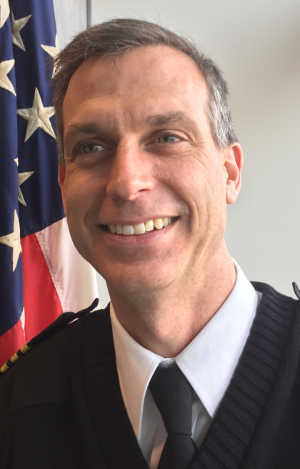- Rebecca Harpster
Consumer Care: Small Business Saturday – support your community
Sandwiched between Black Friday and Cyber Monday, two days known for large sales offered by even-larger retailers, Small Business Saturday offers an opportunity to recognize the small businesses that are often the cornerstones of communities.
Shopping at small businesses helps the local economy, promotes entrepreneurship and helps preserve neighborhoods and their unique identities.
BBB strives to support businesses of all sizes every day by setting standards for marketplace ethics and behavior and by connecting consumers to trustworthy businesses.
According to the Small Business Saturday Consumer Insights Survey, in 2016 “112 million consumers reported shopping at small businesses on Small Business Saturday” – a record high!
Do you want to get involved in supporting local small businesses? Follow these BBB tips to get started:
– Find trustworthy businesses in your area. Visit bbb.org to search for, and research, businesses near you. You can filter your results by distance, type of business, and accreditation status. You can also visit shopsmall.com to find a list of participating businesses. To maximize your experience, make sure to read reviews and look up sales before you head out. For more holiday shopping tips, visit BBB Holiday Helper at bbb.org/holidayhelper.
– Spread the word. Invite your friends and family – shopping small together can be a fun-filled way to explore your community. If there’s a small business you appreciate, consider writing them a Customer Review on their BBB Business Profile to spread the love and help them get noticed by other customers.
– Use social media. Look for the hashtag #ShopSmall on your favorite social media platform to find small businesses participating in the movement. Take a picture at your favorite small business and show the world why you shop small by uploading it to social media using the same hashtag.
– For businesses: Join the movement! Shopsmall.com has tips to help you get started and customizable resources you can download to promote your business. Get in on the social media action by advertising yourself using #ShopSmall. Consider offering special deals for Small Business Saturday to attract new customers. Get in touch with your customer base to let them know about the special holiday. Encourage them to get involved and spread the word about you and other small businesses.
Small Business Saturday, created by American Express (a BBB Accredited Business), is the perfect time to take a break from crowded shopping malls and maze-like stores, and connect with your community. You might find that perfect and unique gift that you’ve been searching for, and your family and friends, as well as the small business community, will appreciate the thoughtfulness.”
Rebecca Harpster is community outreach coordinator for the Better Business Bureau, serving the San Francisco Bay Area and Northern Coastal California.



 How to resolve AdBlock issue?
How to resolve AdBlock issue? 



